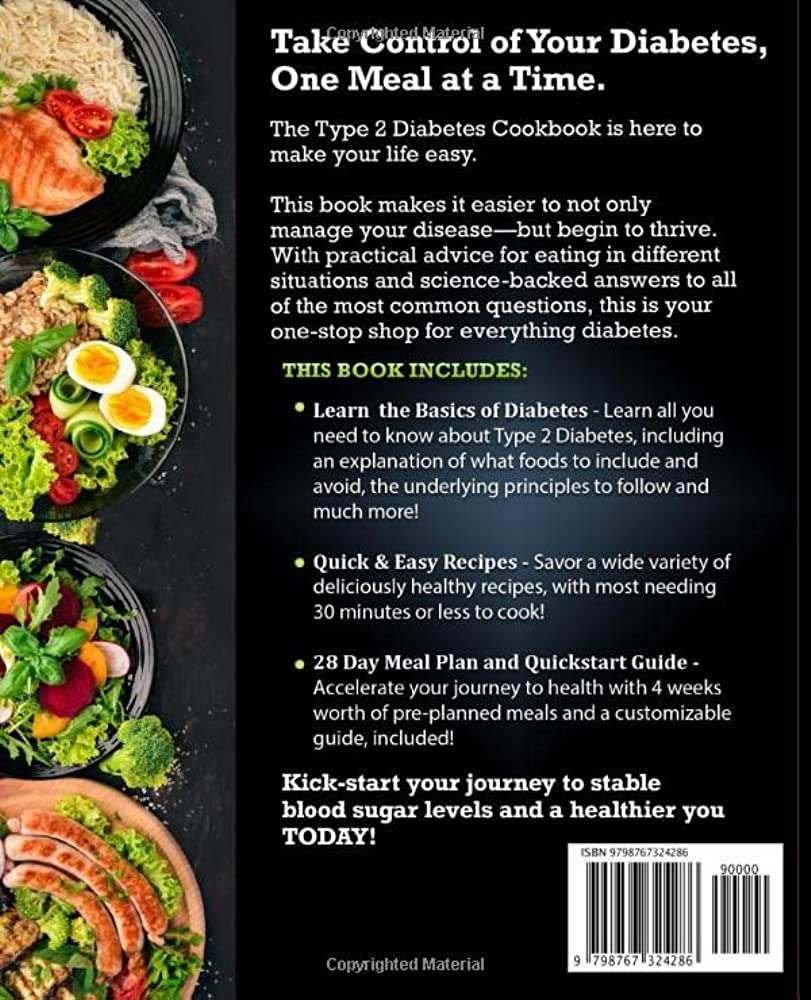Meal planning can help reduce the stress of last-minute meal decisions, save money, and reduce food waste. To plan a weekly menu in 30 minutes or less, start by choosing meals that are easy to prepare and cook. Consider a variety of meals to ensure a balanced diet, and check your pantry before making a grocery list. Use your grocery list to stick to a budget and save time by organizing it according to the store’s layout. Meal prep ingredients in advance, like chopping vegetables or marinating meat, to save time during the week. With a little effort, mealtime can become more manageable and less stressful.
Make Your Life Easier: How to Plan a Weekly Menu in 30 Minutes or Less
Introduction
We all lead busy lives, and sometimes it can be challenging to juggle work, family, and household chores. One of the most significant concerns for most people is meal planning. After a long day at work, the last thing you want to do is ponder what to cook for dinner. This is where meal planning comes in handy. By planning your meals for the week, you can ensure that you have a variety of healthy and delicious foods to eat without worrying about last-minute grocery runs or meal prep.
Meal planning has many benefits, including saving money, reducing food waste, and simplifying mealtime. In this article, we’ll discuss how to plan a weekly menu in 30 minutes or less.
Step One: Choose Your Meals
The first step in planning your weekly menu is to decide what meals you want to have for the week. You can start by thinking about your favorite meals and creating a list. If you have a busy schedule, consider choosing meals that are easy to prepare and cook.
For example, you could plan to have grilled chicken with roasted vegetables on Monday, spaghetti and meatballs on Tuesday, stir-fry on Wednesday, etc. Choose a variety of meals to ensure that you are getting a balanced diet and to avoid getting bored with your food.
Step Two: Check Your Pantry
Before heading to the grocery store, check your pantry and fridge. See what ingredients you already have and what you need to buy. Look for items that you can use in multiple meals to reduce waste, such as chicken breasts, potatoes, or other vegetables.
Step Three: Make a Grocery List
Once you’ve decided on your meals and checked your pantry, it’s time to make a grocery list. Make a list of all the ingredients you need to buy for each meal, and include any staples you need to restock. Having a grocery list will help you save time and avoid buying unnecessary items.
Step Four: Head to the Grocery Store
With your grocery list in hand, head to the grocery store. Stick to your list to avoid overspending, and try to choose healthy, whole foods. You can also save time by organizing your grocery list based on the store’s layout, so you don’t have to backtrack.
Step Five: Prepare and Cook Your Meals
With everything you need for the week in hand, it’s time to start preparing and cooking your meals. You can save time by meal prepping ingredients, such as chopping vegetables, marinating meat, or cooking grains, in advance. This will make it easier to put together meals during the week.
Conclusion
Meal planning can be an excellent way to save time, money, and reduce food waste. By planning your meals for the week, you can ensure that you have healthy and delicious meals to eat without the stress of last-minute decisions. To plan your weekly menu in 30 minutes or less, start by choosing your meals, checking your pantry, making a grocery list, heading to the store, and preparing and cooking your meals. With a little bit of effort and time, you can make mealtime more manageable and less stressful.
